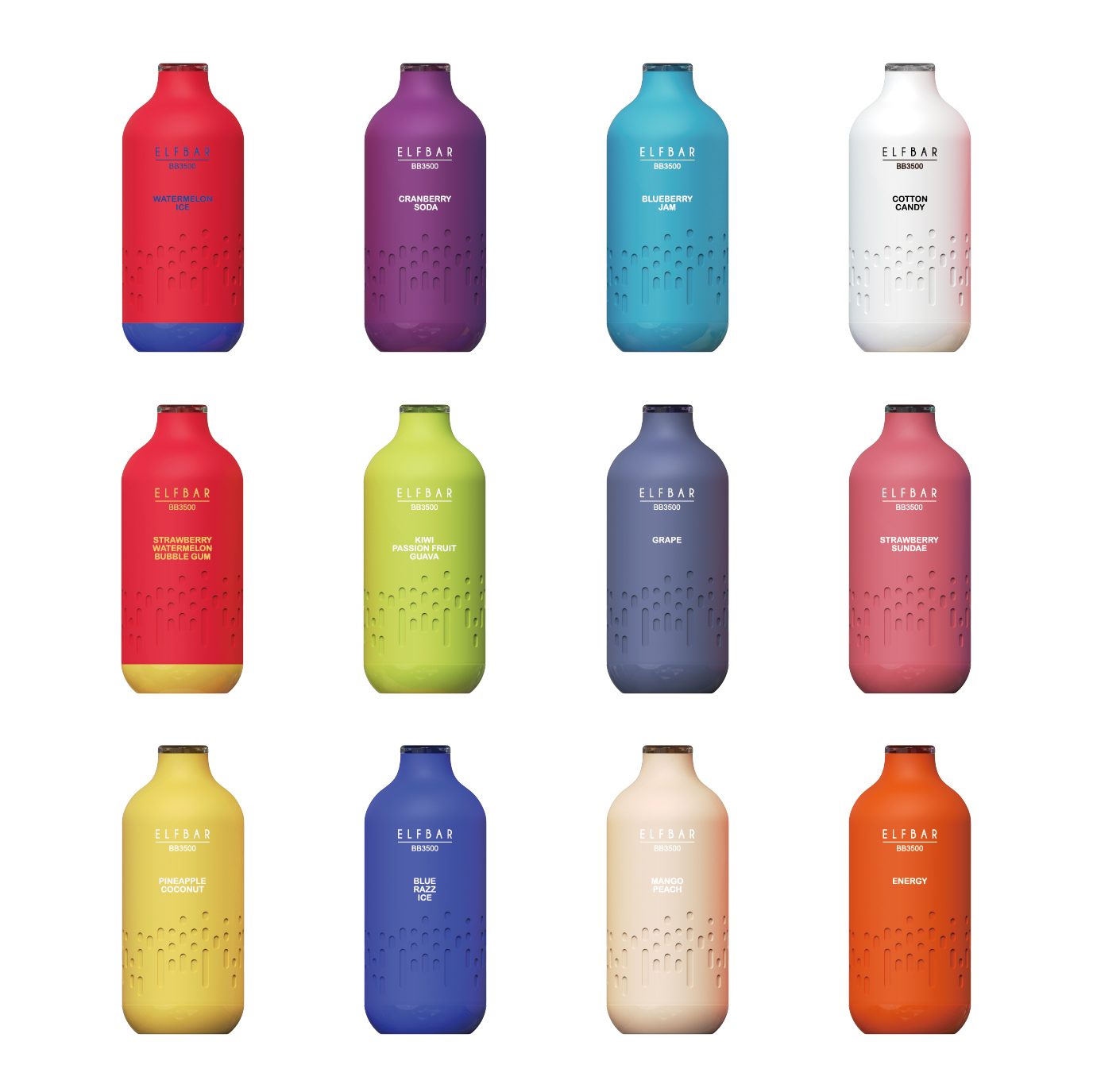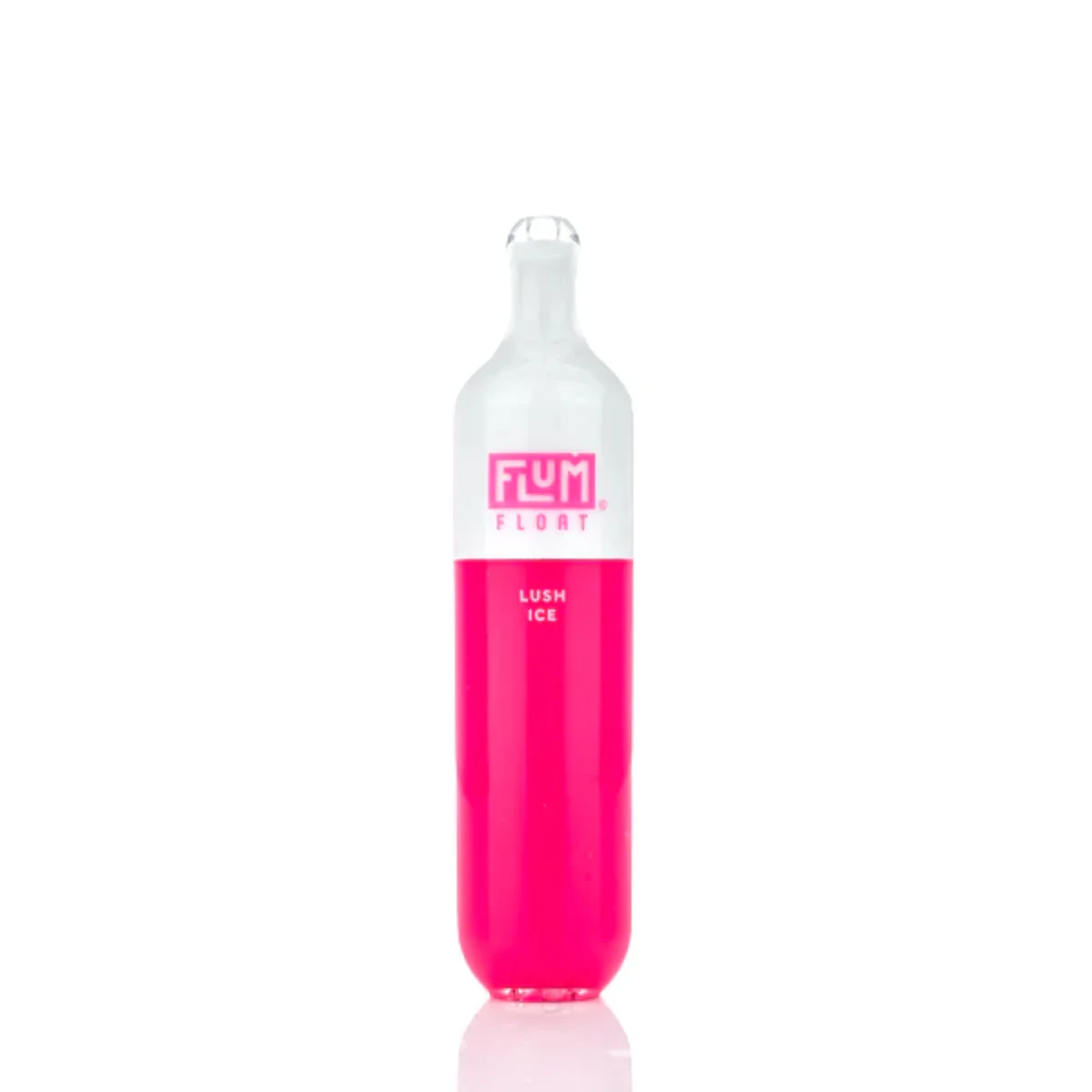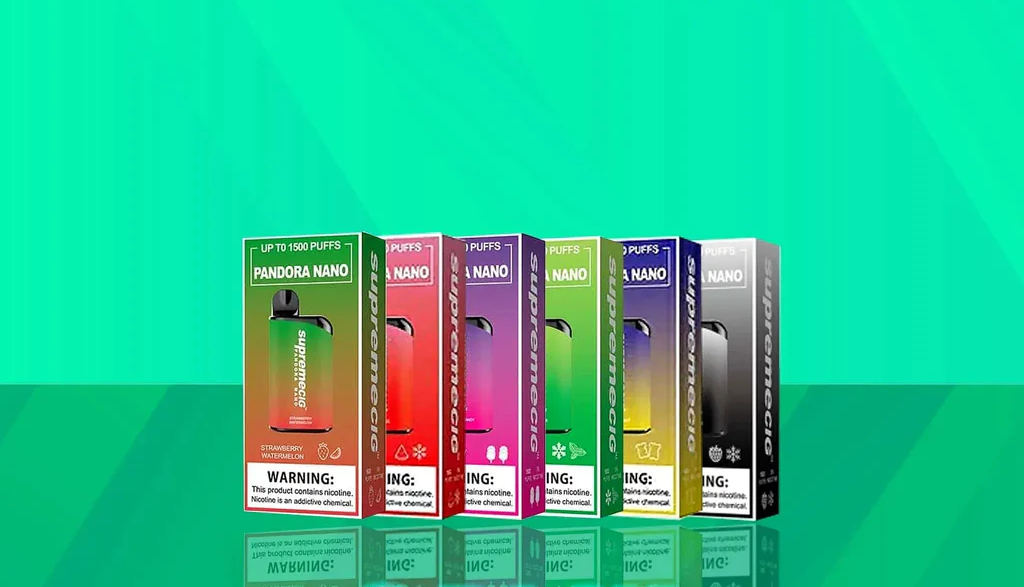More Americans are addicted to nicotine — the drug in cigarettes — than any other drug. And because nicotine is so addictive, it isn’t a drug you can just put down. Quitting can take several attempts. But the benefits are many. Quitters reduce their risk for several types of cancer, as well as heart disease, vascular disease, respiratory problems, infertility, and lung diseases like COPD.
So where can those who want to quit find help? There are numerous services and products that can help smokers put down their cigarettes for good. We’ve rounded up some of the best.
Over the Counter
1. Nicotine Patches
You can find nicotine patches at local drugstores. These products, like Nicoderm CQ, work by delivering small doses of nicotine through your skin, so as to reduce your cravings. You progress through a series of increasingly lower dose patches, until you’re essentially weaned off of nicotine. The Mayo Clinic says the process usually takes between eight and 12 weeks.
2. Nicotine Gum
The oral habit of smoking can sometimes be as difficult to break as the nicotine addiction itself. Over-the-counter nicotine gums deliver nicotine to help reduce your cravings. Like the patch, smokers begin with a higher dose or frequency, reducing it over time to wean themselves off of nicotine. Unlike the patch, gums like Nicorette also give quitting smokers something to do with their mouth.
3. Lozenges
Nicotine lozenges, like those made by GoodSense, are another nicotine replacement product sold without a prescription. They are short-acting, according to the Mayo Clinic, and you can take around 20 lozenges each day to control cravings.
Support Tools
4. The Quitter’s Circle
Quitter’s Circle is a quit smoking app, developed as a joint effort between the American Lung Association and Pfizer. The app provides daily tips to help ease your transition to nonsmoking. It also has tracking features, the ability to set goals, and allows you to build a “quit team” of friends and family who support your efforts.
5. SmokefreeTXT
Another mobile app for helping smokers kick the habit comes from Smokefree.gov. Sign up on SmokefreeTXT to receive tips, advice, and encouragement via text message whenever you need it.
6. Become an Ex-Smoker
This free support source helps you come up with a quit plan to reach your goal. The program is based on patient education and teaches you all about smoking and nicotine addiction. Then, smokers put that knowledge to use and are met along the way with supportive tips and advice.
Prescription Only
7. Prescription Patches
These work in the same manner as over-the-counter nicotine patches, but come in prescription strength. Because they require a doctor’s prescription, they present a great opportunity to talk with your doctor about all treatment methods. Higher doses aren’t appropriate for everyone, and you may find that you can make do with the drugstore version.
8. Prescription Drugs
Prescription drugs are another option. Chantix (or varenicline) is a drug made specifically to assist you with quitting smoking. It works by targeting the part of the brain that responds to nicotine. Zyban is actually an antidepressant, but has a secondary use as a smoking cessation drug, according to the CDCTrusted Source. It isn’t clear how it works for smokers, but it’s widely accepted as a treatment option. Both drugs come with potential side effects, but could be covered by your insurance.



